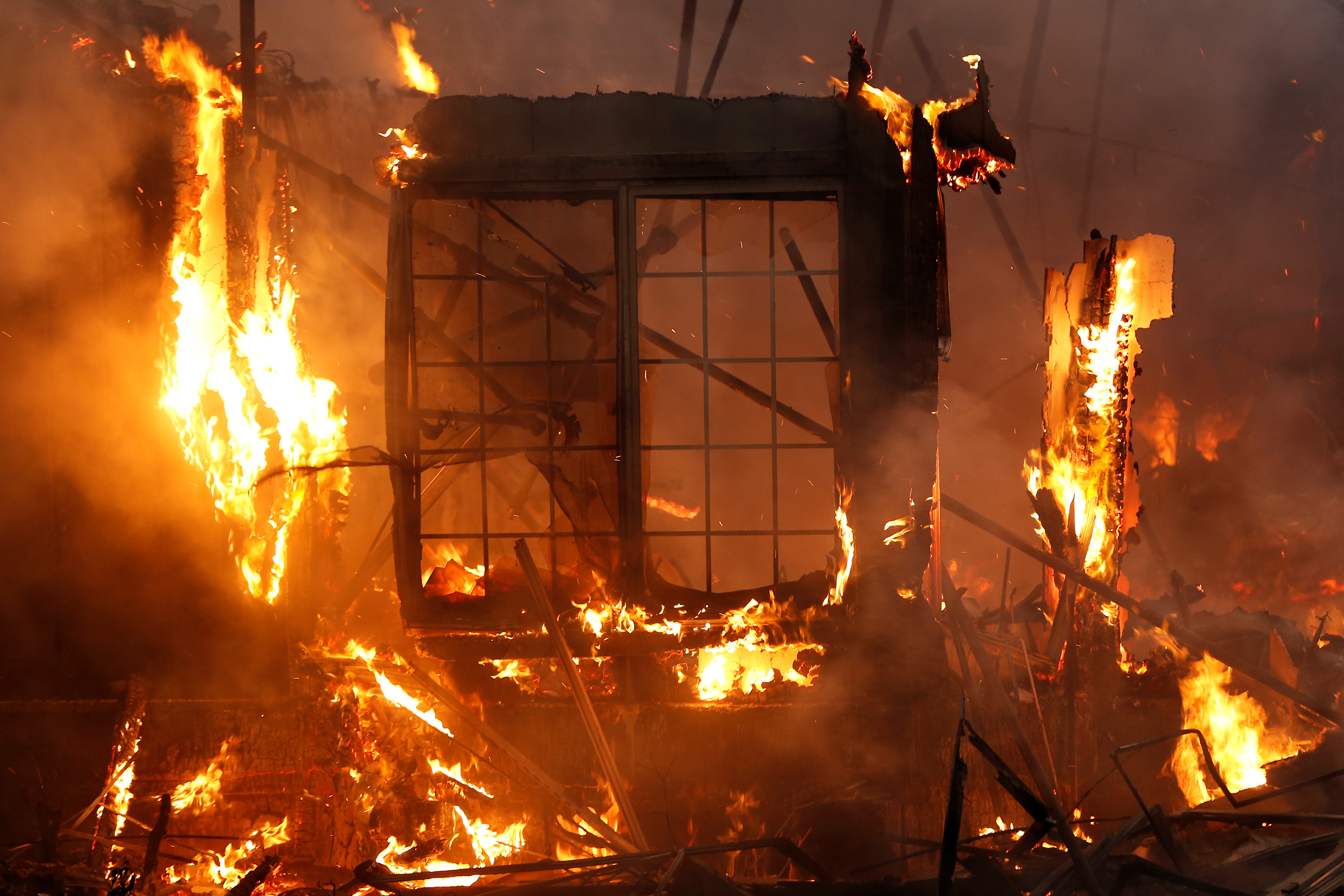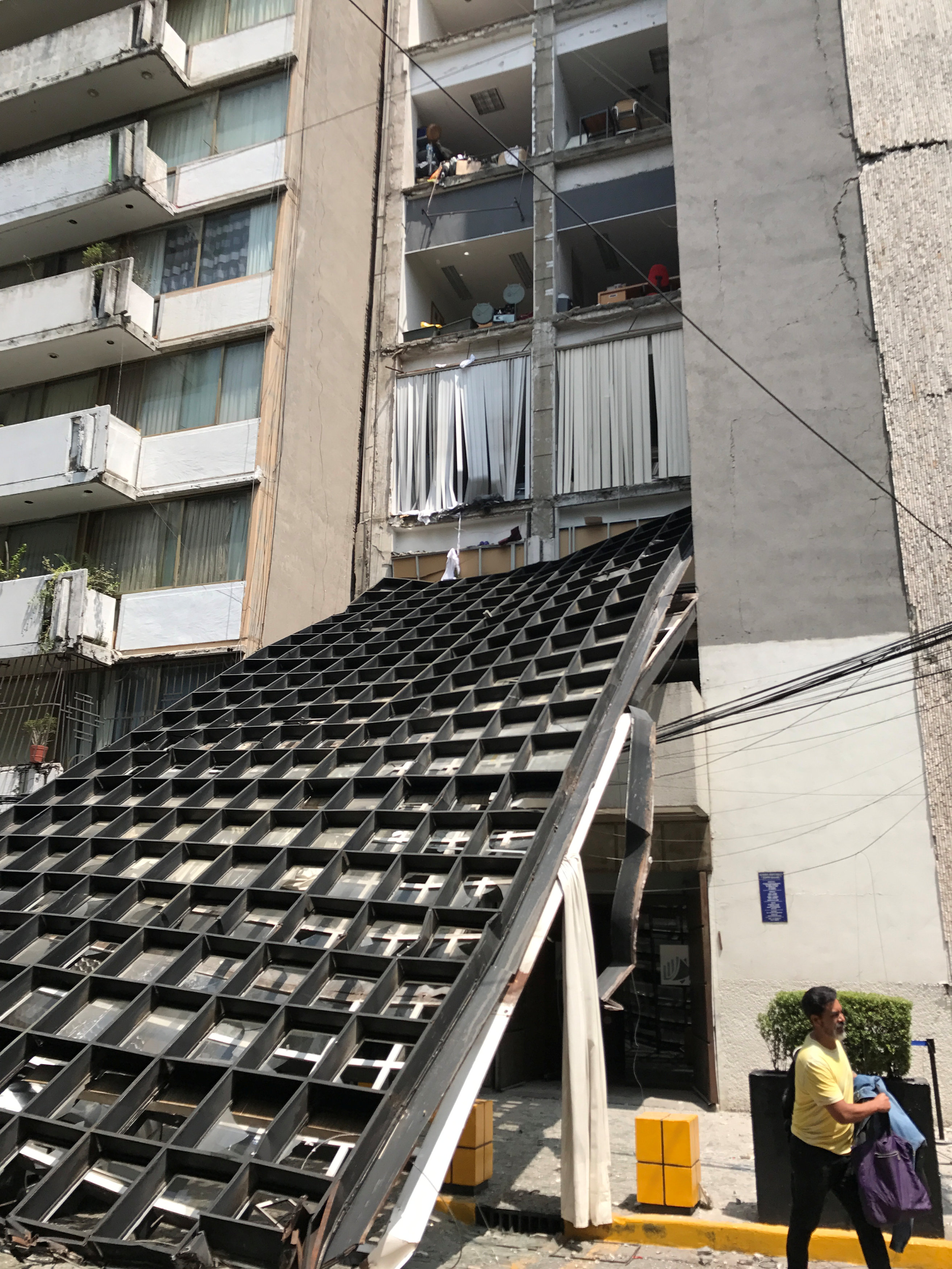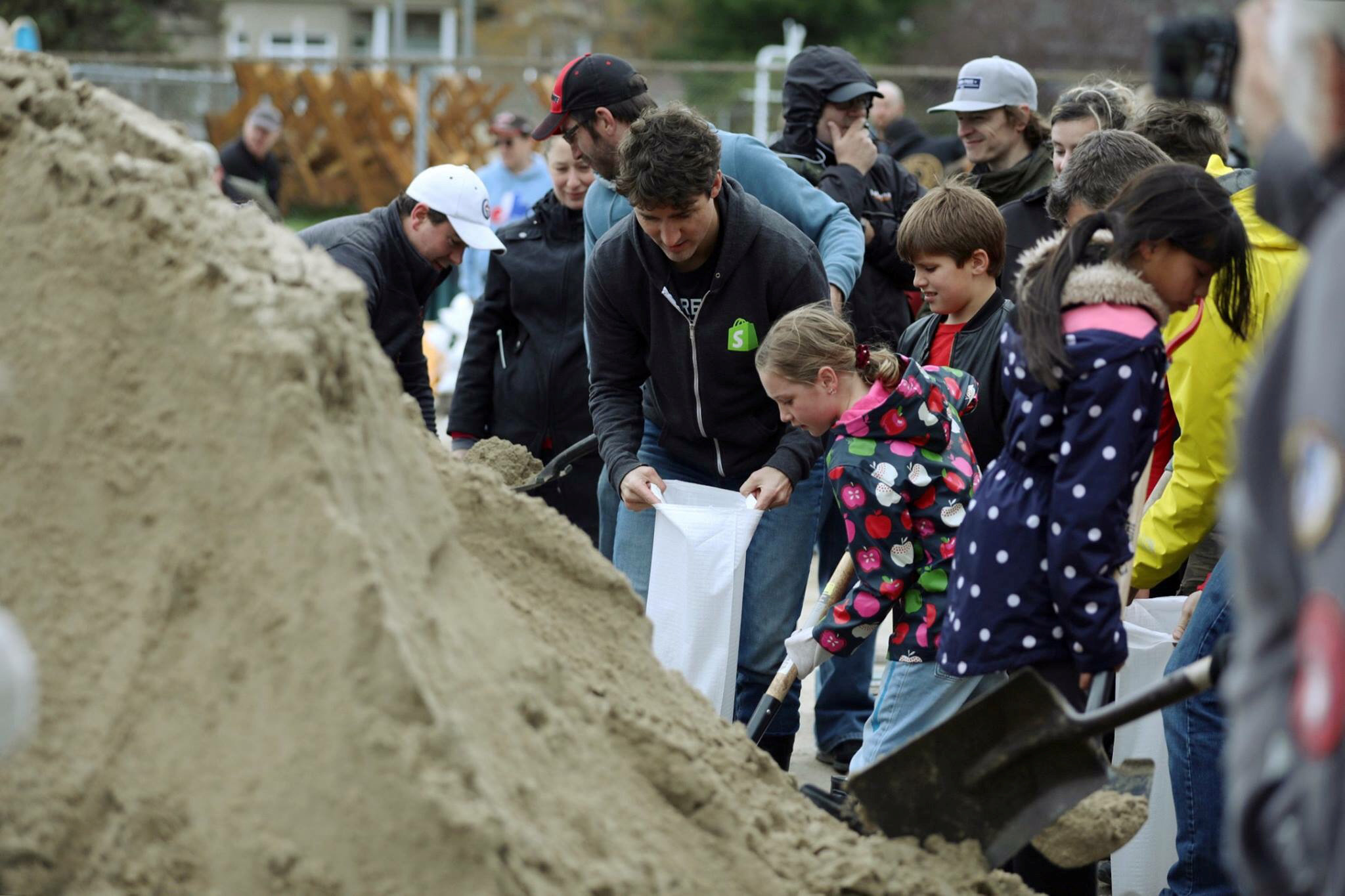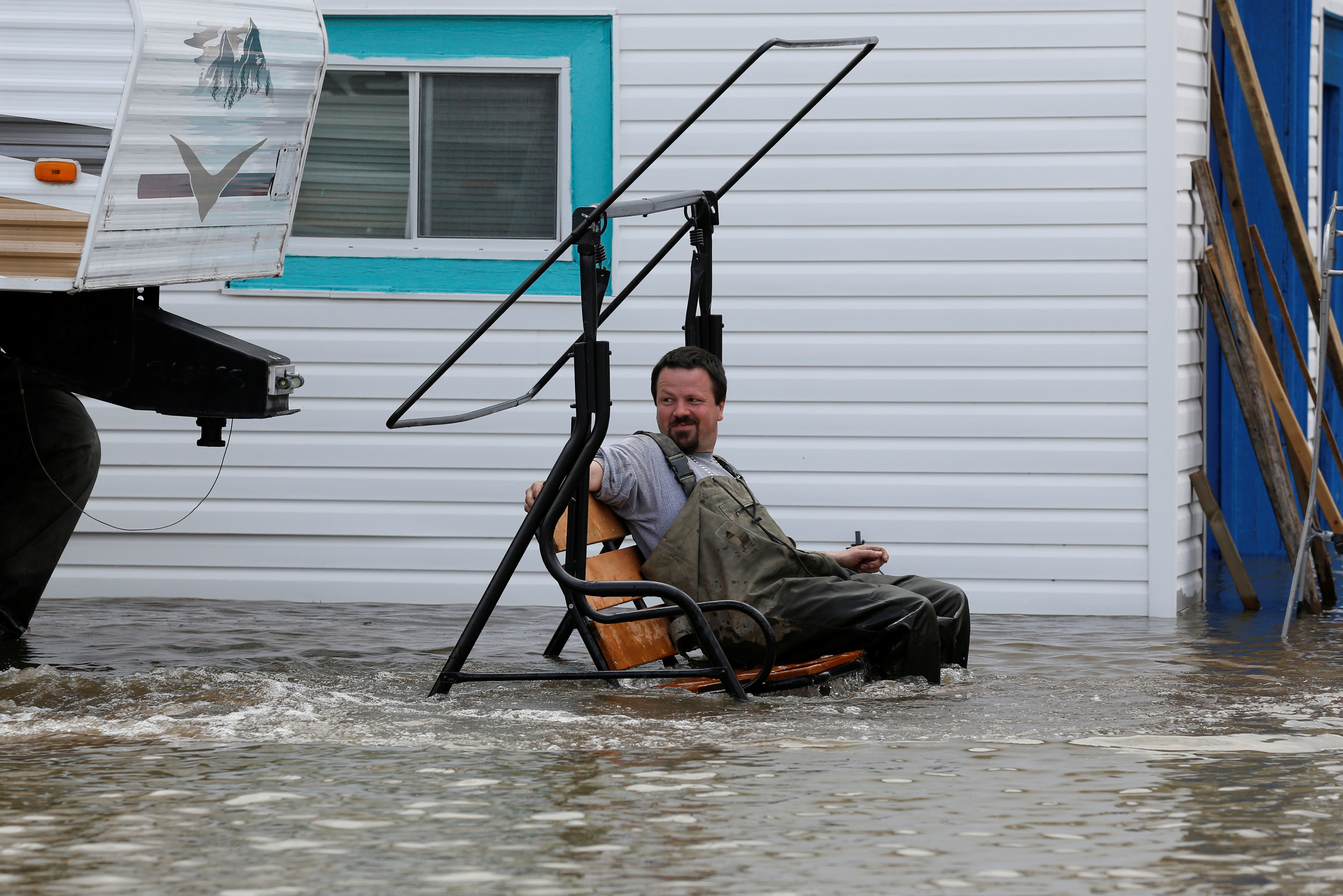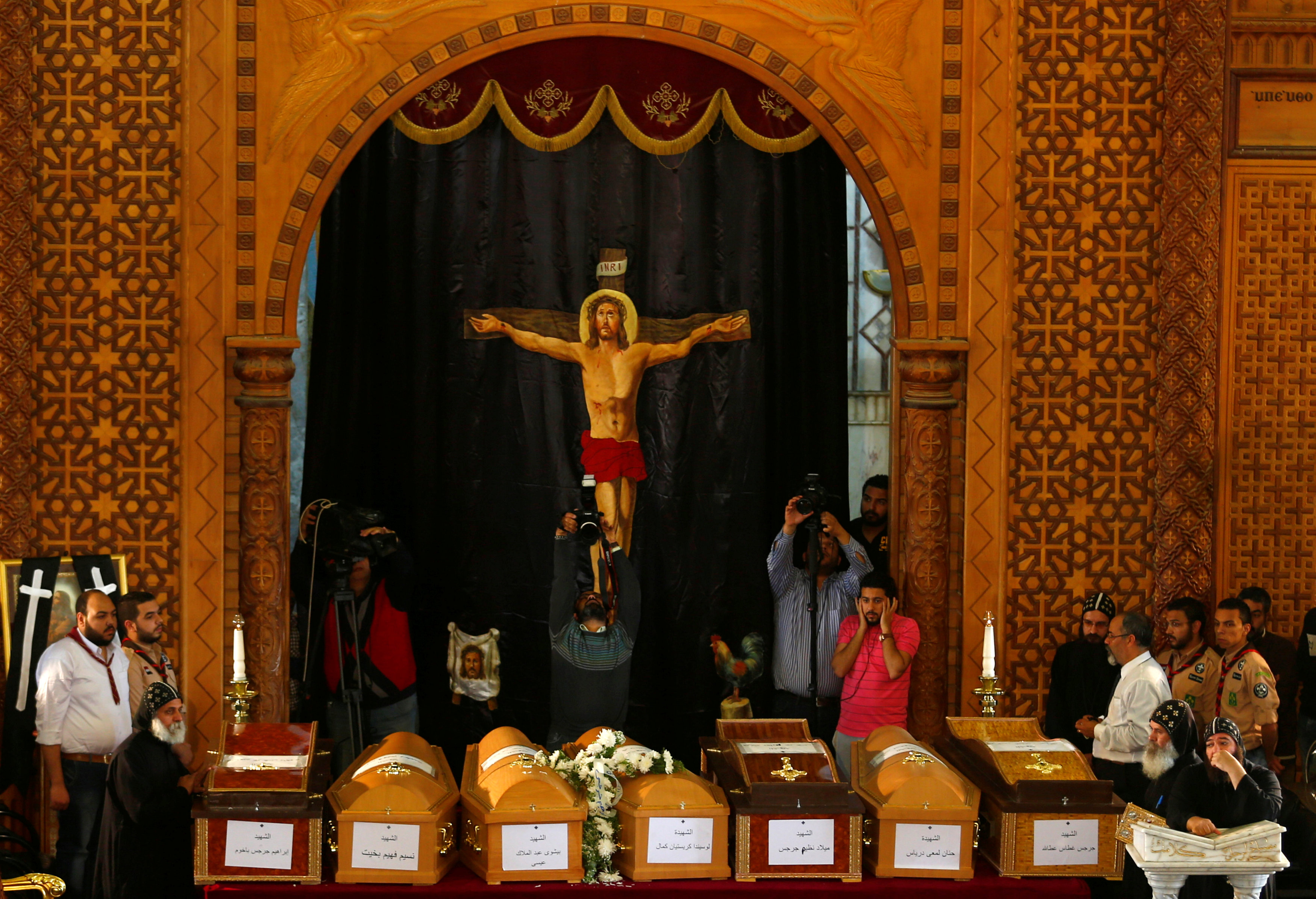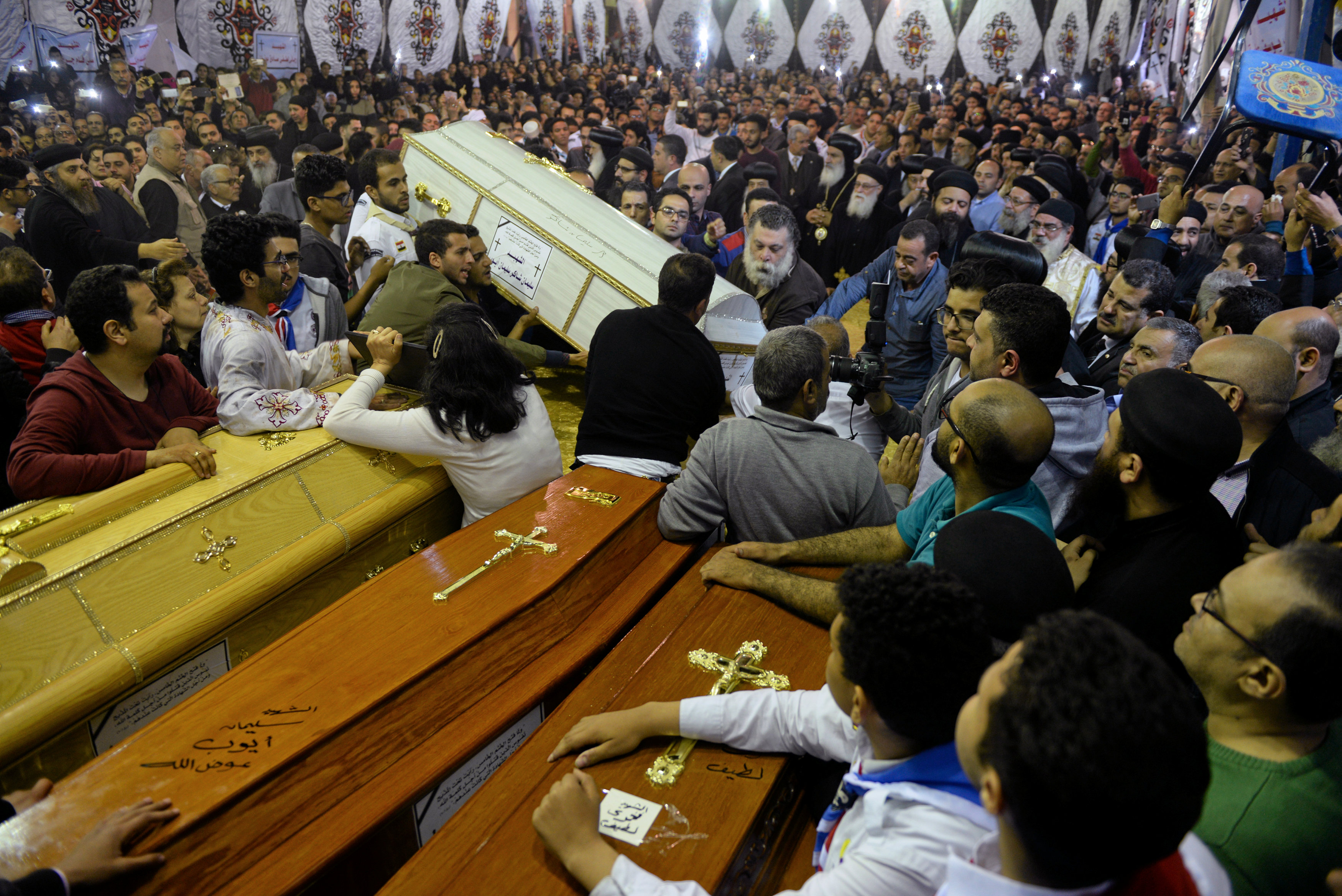
By Ian Simpson
CHARLOTTESVILLE, Va. (Reuters) – President Donald Trump’s remarks condemning violence at a white nationalist rally were meant to include the Ku Klux Klan and neo-Nazi groups, the White House said on Sunday, a day after he was criticized across the political spectrum for not explicitly denouncing white supremacists.
U.S. authorities opened an investigation into the deadly violence in Virginia, which put renewed pressure on the Trump administration to take an unequivocal stand against right-wing extremists occupying a loyal segment of the Republican president’s political base.
A 32-year-old woman was killed and 19 people were injured, five critically, on Saturday when a man plowed a car into a crowd of people protesting the white nationalist rally in the Southern college town of Charlottesville. Another 15 people were injured in bloody street brawls between white nationalists and counter-demonstrators who fought each other with fists, rocks and pepper spray.
Two Virginia state police officers died in the crash of their helicopter after assisting in efforts to quell the unrest, which Mayor Mike Signer said was met by the presence of nearly 1,000 law enforcement officers.
Former U.S. Army enlistee James Alex Fields Jr., 20, a white Ohio man described by a former high school teacher as having been “infatuated” with Nazi ideology as a teenager, was due to be appear in court on murder and other charges stemming from the deadly car crash.
The federal “hate crime” investigation of the incident “is not limited to the driver,” a U.S. Justice Department official told Reuters. “We will investigate whether others may have been involved in planning the attack.”
Democrats and Republicans criticized Trump for waiting too long to address the violence – his first major crisis on the domestic front that he has faced as president – and for failing when he did speak out to explicitly condemn white-supremacist marchers who ignited the melee.
Trump on Saturday initially denounced what he called “this egregious display of hatred, bigotry and violence on many sides.”
On Sunday, however, the White House added: “The president said very strongly in his statement yesterday that he condemns all forms of violence, bigotry, and hatred, and of course that includes white supremacists, KKK, neo-Nazi, and all extremist groups. He called for national unity and bringing all Americans together.”
The statement was emailed to reporters covering Trump at his golf resort in New Jersey and attributed to an unidentified “White House spokesperson.”
SOLIDARITY WITH CHARLOTTESVILLE
Memorial vigils and other events showing solidarity with Charlottesville’s victims were planned across the country on Sunday to “honor all those under attack by congregating against hate,” a loose coalition of civil society groups said in postings on social media.
Virginia police have not yet provided a motive for the man accused of ramming his car into the crowd. But U.S. prosecutors and the Federal Bureau of Investigation have opened a civil rights investigation, FBI and Justice Department officials said.
Derek Weimer, a history teacher at Fields’ high school, told Cincinnati television station WCPO-TV that he remembered Fields harboring “some very radical views on race” as a student and was “very infatuated with the Nazis, with Adolf Hitler.”
“I developed a good rapport with him and I used that rapport to constantly try to steer him away from those beliefs,” Weimer recounted, adding that he recalled Fields being “gung-ho” about joining the Army when he graduated.
The Army confirmed that Fields reported for basic military training in August 2015 but was “released from active duty due to a failure to meet training standards in December of 2015.” The Army statement did not explain in what way he failed to measure up.
Fields is being held on suspicion of second-degree murder, three counts of malicious wounding and a single count of leaving the scene of a fatal accident, authorities said.
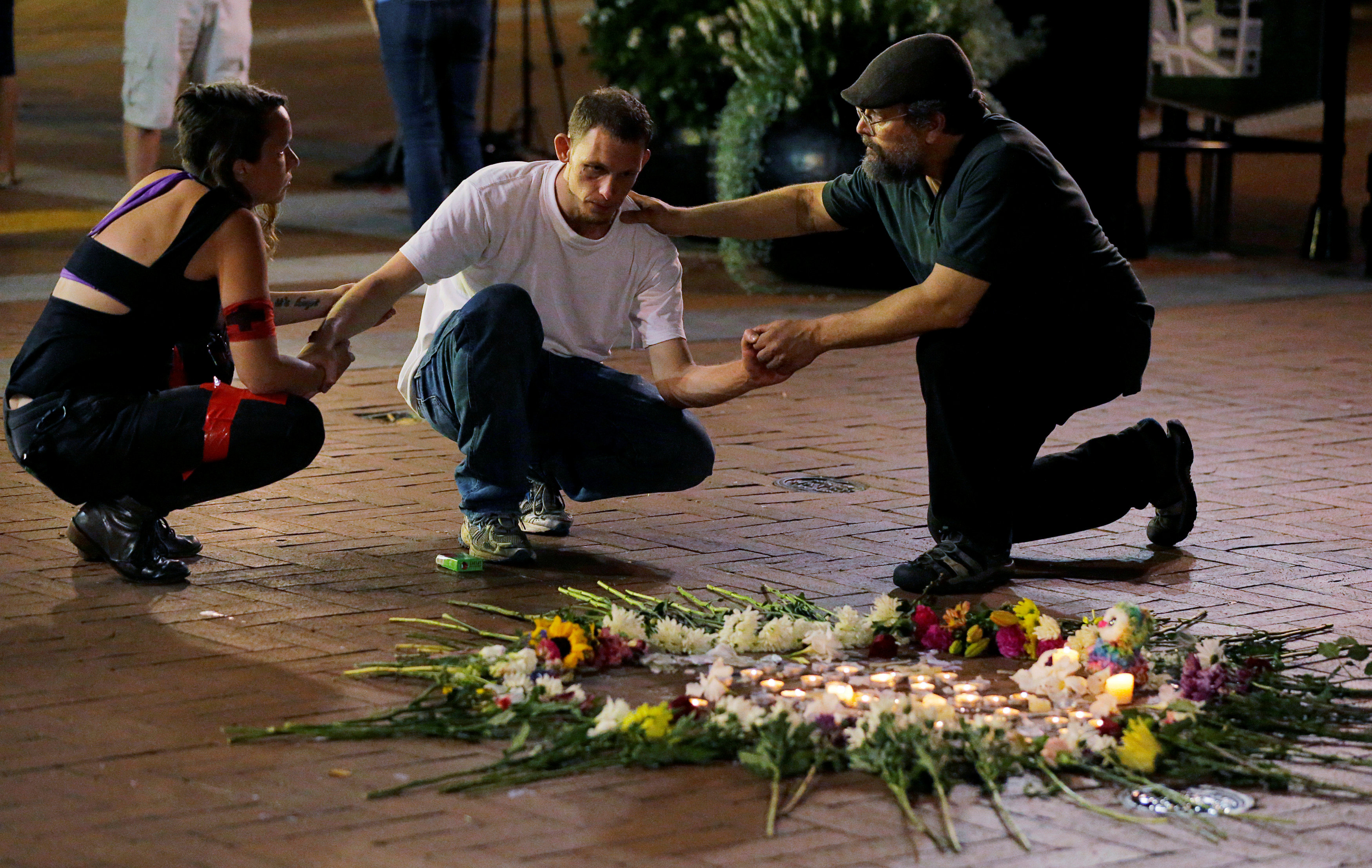
Two people stop to comfort Joseph Culver (C) of Charlottesville as he kneels at a late night vigil to pay his respect for a friend injured in a car attack on counter protesters after the “Unite the Right” rally organized by white nationalists in Charlottesville, Virginia, U.S., August 12, 2017. REUTERS/Jim Bourg
REPUBLICAN SENATORS CRITICIZE RESPONSE
On Sunday before the White House statement, U.S. Senator Cory Gardner of Colorado, who chairs the Republican Party’s Senate election effort, urged the president to condemn “white supremacists” and to use that term. He was one of several Republican senators who squarely criticized Trump on Twitter on Saturday.
“Calling out people for their acts of evil – let’s do it today – white nationalist, white supremacist,” Gardner said on CNN’s “State of the Union” program on Sunday. “We will not stand for their hate.”
Sunday’s White House statement elaborating on Trump’s initial comment on the Charlottesville clashes was followed hours later by even tougher rhetoric against white nationalists from Vice President Mike Pence, on a visit to Colombia.
“We have no tolerance for hate and violence from white supremacists, neo Nazis or the KKK,” Pence said. “These dangerous fringe groups have no place in American public life and in the American debate, and we condemn them in the strongest possible terms.”
Mayor Signer, a Democrat, blamed Trump for helping foment an atmosphere conducive to violence, starting with rhetoric as a candidate for president in 2016.
“Look at the campaign he ran, Signer said on CNN’s State of the Nation.” “There are two words that need to be said over and over again – domestic terrorism and white supremacy. That is exactly what we saw on display this weekend.”
Jason Kessler, an organizer of Saturday’s “Unite the Right” rally, which was staged to protest the planned removal of a statue of Confederate army commander General Robert E. Lee from a park, said supporters of the event would not back down. The rally stemmed from a long debate over various public memorials and symbols honoring the pro-slavery Confederacy of the U.S. Civil War, considered an affront by African-Americans.
Kessler attempted to hold a press conference outside city hall in Charlottesville on Sunday but was quickly shouted down by counter-protesters.
(Additional reporting by Lucia Mutikani and Mike Stone in Washington, James Oliphant in New Jersey, Bernie Woodall in Fort Lauderdale, Fla. and Julia Cobb in Bogota; Writing by Grant McCool and Steve Gorman; Editing by Andrew Hay and Mary Milliken)




